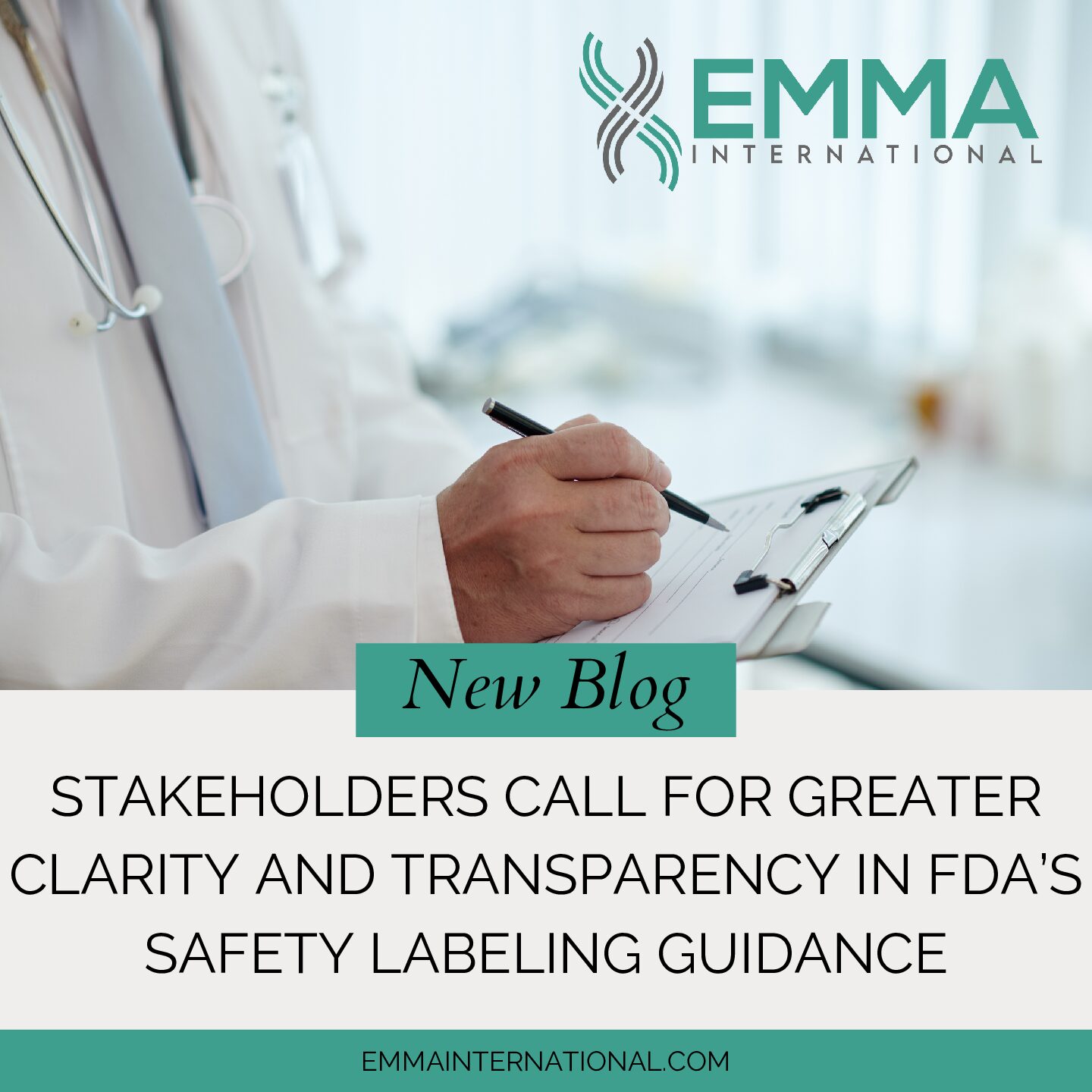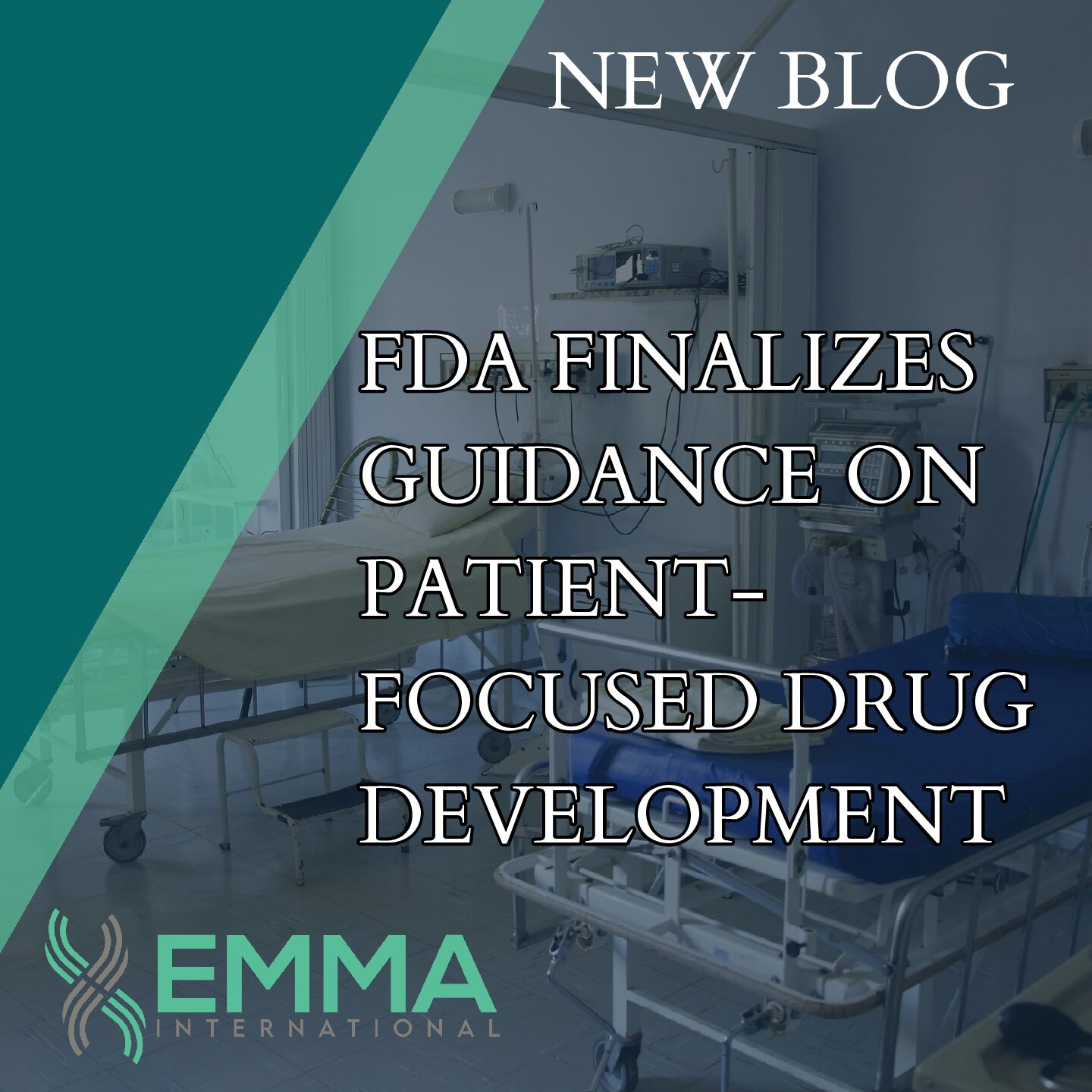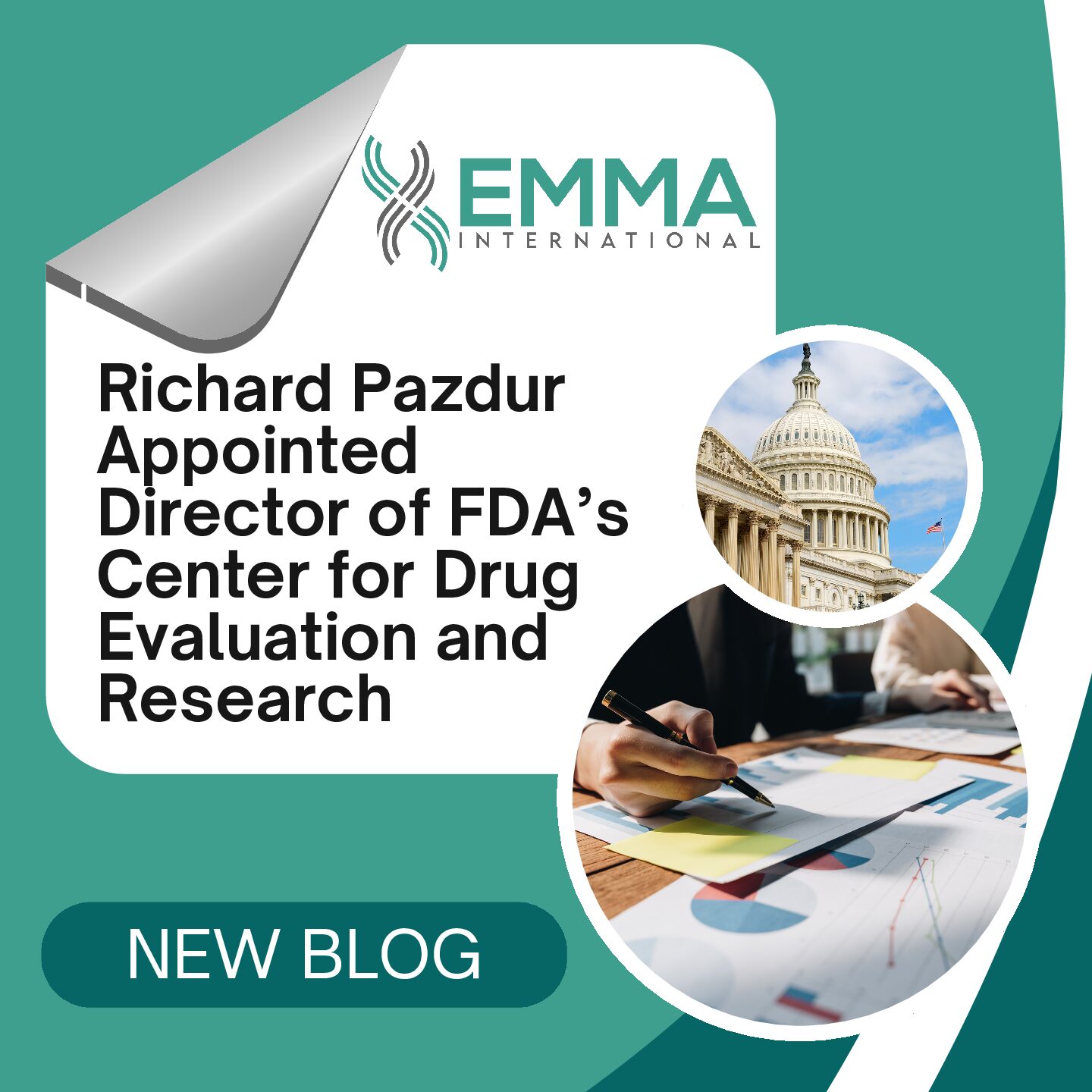The rise of GLP-1 receptor agonists, such as semaglutide and liraglutide, marks a transformative era in the treatment of diabetes and obesity. These drugs, initially designed to manage type 2 diabetes, have shown significant promise in weight loss and cardiovascular health, thus expanding their potential applications. However, this trend brings a myriad of regulatory implications that stakeholders must navigate carefully.
GLP-1 (glucagon-like peptide-1) receptor agonists are a class of drugs that mimic the action of the naturally occurring hormone GLP-1. They enhance insulin secretion, inhibit glucagon release, and slow gastric emptying, contributing to better glycemic control and weight loss. Their dual benefits in diabetes management and obesity treatment have positioned them as revolutionary agents in metabolic health.
The regulatory framework for GLP-1 receptor agonists is well-established for diabetes treatment. The FDA and other global regulatory bodies have approved several GLP-1 agonists for managing type 2 diabetes, such as:
- Semaglutide (Ozempic, Rybelsus)
- Liraglutide (Victoza, Saxenda)
- Dulaglutide (Trulicity)
These approvals were granted after rigorous clinical trials demonstrated their efficacy and safety for glycemic control.
The significant weight loss observed in patients using GLP-1 receptor agonists has prompted a paradigm shift. The FDA has approved some of these drugs for chronic weight management in individuals with obesity or overweight with at least one weight-related condition. For instance, liraglutide (Saxenda) and semaglutide (Wegovy) have gained approval for obesity treatment.
This expansion necessitates a nuanced regulatory approach, as the safety and efficacy profiles for obesity treatment may differ from those for diabetes. Regulatory agencies must ensure that these drugs are evaluated through comprehensive clinical trials focused on weight management outcomes, potential side effects, and long-term safety.
With the broader use of GLP-1 receptor agonists, regulatory bodies emphasize post-market surveillance. Continuous monitoring for adverse effects is crucial, given the expanding patient population. Common side effects, such as gastrointestinal issues, and more severe concerns, like pancreatitis and thyroid tumors, must be vigilantly tracked.
Regulators are likely to enforce stringent reporting requirements for healthcare providers and manufacturers, ensuring that any emerging risks are promptly identified and addressed. Enhanced pharmacovigilance frameworks will be instrumental in maintaining patient safety.
The burgeoning use of GLP-1 receptor agonists for weight loss in non-diabetic patients raises ethical and accessibility issues. There is a potential risk of off-label use and misuse, particularly driven by the societal pressure for weight loss. Regulatory agencies may need to implement stricter guidelines to prevent inappropriate prescribing and ensure that these drugs are used in medically justified scenarios.
Moreover, the high cost of GLP-1 receptor agonists poses an accessibility challenge. Regulatory bodies must balance incentivizing pharmaceutical innovation with ensuring that these life-changing drugs are affordable and accessible to all eligible patients. Policies fostering generic versions and insurance coverage will be critical in addressing this concern.
The future of GLP-1 receptor agonists lies in personalized medicine. Advances in genomics and biomarkers could enable tailored treatments, maximizing efficacy while minimizing side effects. Regulatory frameworks must adapt to support personalized approaches, facilitating rapid approval pathways for companion diagnostics and individualized therapies.
Additionally, as new GLP-1 receptor agonists and combination therapies emerge, regulatory bodies will need to continually update their guidelines. Ensuring that clinical trial designs remain robust and reflective of diverse patient populations will be paramount.
The GLP-1 trend represents a significant advancement in diabetes and obesity treatment, offering hope to millions. However, this progress comes with complex regulatory implications that require careful navigation. By fostering a balanced approach that emphasizes safety, efficacy, ethical considerations, and accessibility, regulatory bodies can ensure that the benefits of GLP-1 receptor agonists are fully realized while safeguarding public health.
As science and technology advance, pharmaceutical development has become more demanding than ever. No matter how complex the therapy or how expansive the data, EMMA International helps you meet critical milestones on time and on budget. Ready to learn more? Call us at 248-987-4497 or email info@emmainternational.com today.





